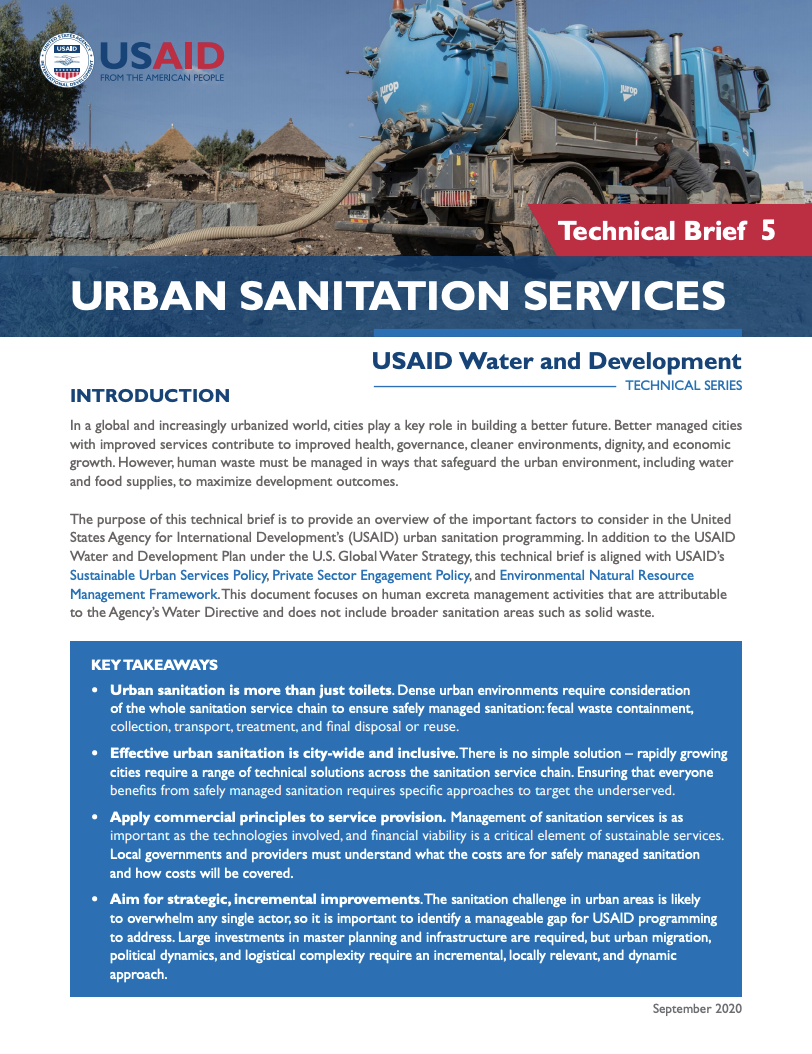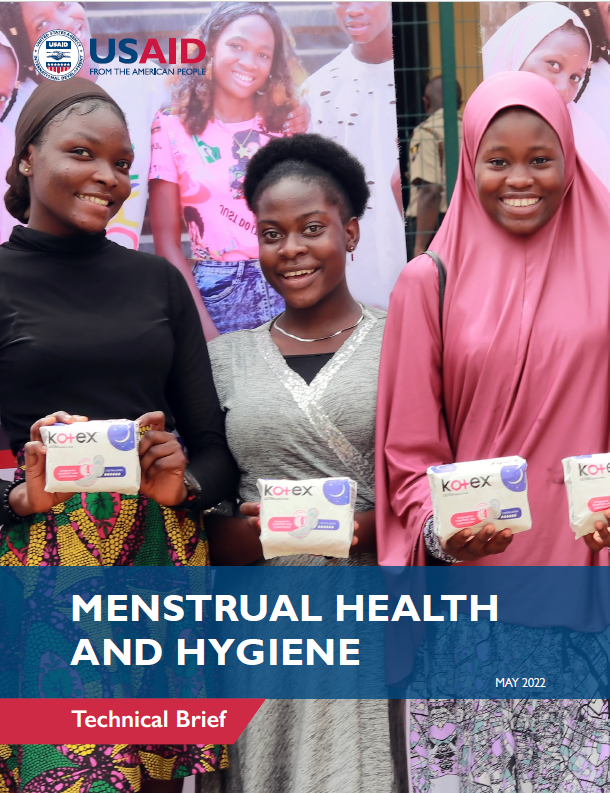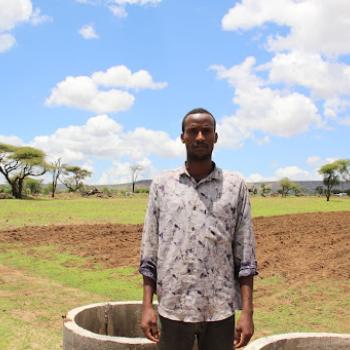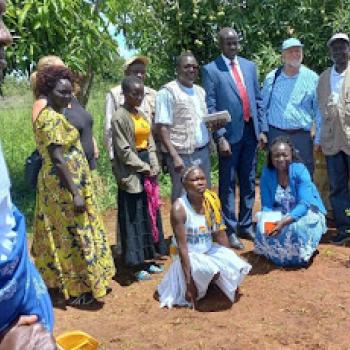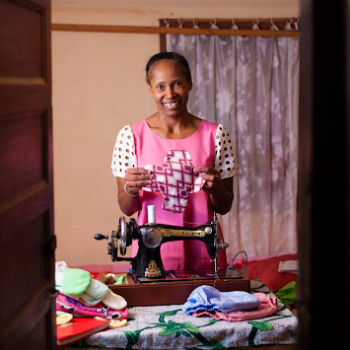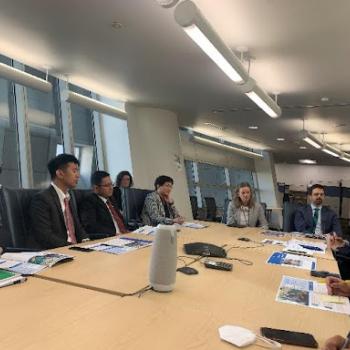SANITATION AND HYGIENE
Alignment with the U.S. Global Water Strategy
This topic aligns with Strategic Objective 2 in the U.S. Global Water Strategy: Increase Equitable Access to Safe, Sustainable, and Climate-Resilient Drinking Water and Sanitation Services and the Adoption of Hygiene Practices
Key Resources
Context
Efforts to extend universal access to safe and reliable sanitation services are a cost-effective way to improve the quality of life and well-being for much of the world’s population, contributing to a more productive global workforce and a more stable global economy. Despite the challenges posed by global pandemics, increased conflict, and climate change, more people have access to safely managed sanitation services and basic hygiene services than ever before. USAID works every day with governments, local stakeholders, and partners to make it possible to achieve universal sanitation access by 2030 and increase the adoption of key hygiene practices worldwide.
USAID WASH Lead, Rami Wehbeh discusses Strategic Objective 2 in the Lebanese context
USAID’s Approach
Increase area-wide access to safe, equitable, and affordable sanitation services.
USAID partners with local government and public and private sector service providers to expand access to safe, affordable, reliable, and climate-resilient sanitation and hygiene services and products across entire cities, districts, or counties, including in institutional settings like schools and healthcare facilities.
Improve performance and climate resilience of sanitation service providers.
USAID works through local systems to improve the performance of service providers and market actors along sanitation and hygiene value chains. USAID also works to strengthen service providers’ adaptive capacities necessary to respond to complexity and uncertainty from climate change.
Increase adoption of key hygiene practices.
USAID supports state-of-the-art social and behavior change approaches that concurrently address individual, structural, and social factors to increase the adoption and sustained practice of key hygiene behaviors, including for menstrual health.
Read more under Strategic Objective 2 in the U.S. Global Water Strategy.
Featured Stories
Featured Activities
Partnership for Better Living
Global
2021 - 2026
WASHPaLS #2
Global
2021 - 2026
Uganda Sanitation for Health Activity
Uganda
2018 - 2023
Transform WASH
Ethiopia
2017 - 2021
Related Resources

|
USAID Partners with Zambia to Respond to Cholera During the country’s worst cholera outbreak in decades, USAID and its partners quickly mobilized to save lives Blog Since October 2023, Zambia has been battling its worst cholera outbreak in decades. As of March 26, the country had reported over 22,000 cases and 719 deaths. This is a disease linked to contaminated water. And in Zambia, over six million people… |

|
Innovative public-private partnerships in sanitation: How can we partner smarter, faster? Blog When it comes to public-private partnerships, you’ve heard the cliches: “It takes a village;” “We can’t do it alone;” “Two are better than one.” With 2030 fast approaching and with Sustainable Development Goal 6 (access to water and sanitation for… |
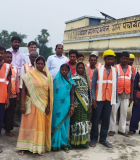
|
Toolkit: Sanitation and Hygiene Human Resource Capacity Needs Assessment Toolkit Understanding and addressing the human resource needs (HR) and gaps in the sanitation and hygiene sector is a critical part of achieving universal access to adequate and equitable sanitation and hygiene. To understand the current and future HR needs… |

|
Factsheet: Water Security, Sanitation, and Hygiene at USAID Brief Reliable access to safe water, sanitation, and hygiene saves lives, improves livelihoods, and makes communities more resilient. Investments in water resources management power economies, support agriculture, and safeguard ecosystems. Despite the… |
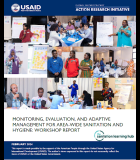
|
Monitoring, Evaluation, and Adaptive Management for Area-Wide Sanitation and Hygiene: Workshop Report Technical Report Monitoring and evaluation (M&E) is essential to understanding the barriers, successes, and progress made toward achieving area-wide sanitation and hygiene outcomes. However, M&E can be challenging to undertake, given significant and… |



